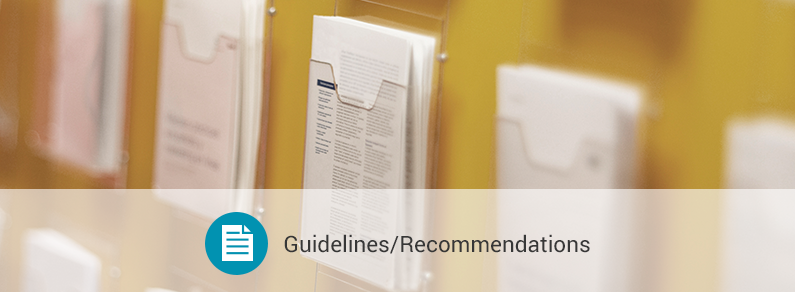 Primary Care
Primary Care
Primary care is the setting in which Americans receive most of their health and behavioral health care. Frequent contacts and long-standing relationships between primary care providers (PCPs) and their patients make primary care an ideal setting for suicide prevention.
Why Address Suicide Prevention
- People who die by suicide are more likely to have seen a PCP in the previous month before their death than any other health care provider.1
- For a patient at risk for suicide, a visit with the PCP may be the only chance to access needed care.
- National health care improvement efforts (e.g., patient-centered medical homes) are providing new ways to integrate suicide prevention into primary care.
How Primary Care Providers Can Take Action
The best way to prevent suicide is to use a comprehensive approach that includes these key components:
- Establish protocols for screening, assessment, intervention, and referral
- Train all staff in suicide care practices and protocols, including safety planning and lethal means counseling
- Create agreements with specific behavioral health practices that will take referrals
- Ensure continuity of care by transmitting patient health information to emergency care and behavioral health care providers to create seamless care transitions and follow up with at-risk patients by phone between visits
- Provide information on the National Suicide Prevention Lifeline crisis line and services
Reference
- Ahmedani, B. K., Simon, G. E., Stewart, C., Beck, A., Waitzfelder, B. E., Rossom, R., . . . Solberg, L. I. (2014). Health care contacts in the year before suicide death. Journal of General Internal Medicine, 29(6), 870–877.
Learn More
- See the Recommended Resources below selected by SPRC personnel.
- See All Resources Related to Primary Care for a full list of materials, programs, trainings, and other information available from SPRC. Use the filters on the left to narrow your results.
- For more on other settings and groups, see our Settings and Populations pages.

Filter By:
Recommended Resources

Suicide Prevention Toolkit for Primary Care Practices
This toolkit contains the information and tools needed to implement state-of-the-art suicide prevention practices in primary care settings.

CALM: Counseling on Access to Lethal Means
This free online course is designed to help mental health professionals counsel people at risk for suicide—and their families—on reducing access to lethal means.

Zero Suicide website
This website provides information, resources, and tools for implementing Zero Suicide.

Safety planning guide: A quick guide for clinicians
This quick guide for clinicians may be used to develop a safety plan – a prioritized written list of coping strategies and sources of support to be used by patients who have been assessed to be at high risk for suicide. The authors strongly recommend that the guide be used after reviewing the Safety plan […]

Training resource guide for suicide prevention in primary care settings
This guide is designed to support county efforts to engage primary care in suicide prevention.
